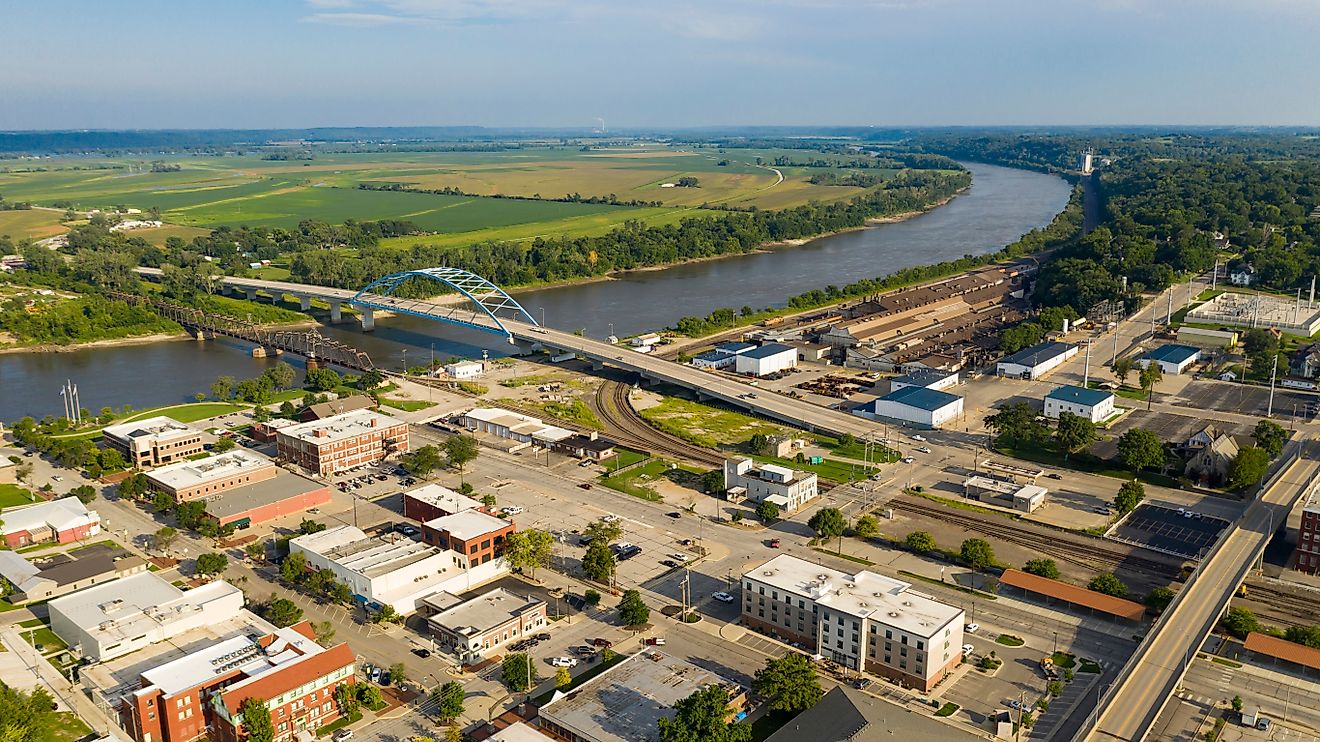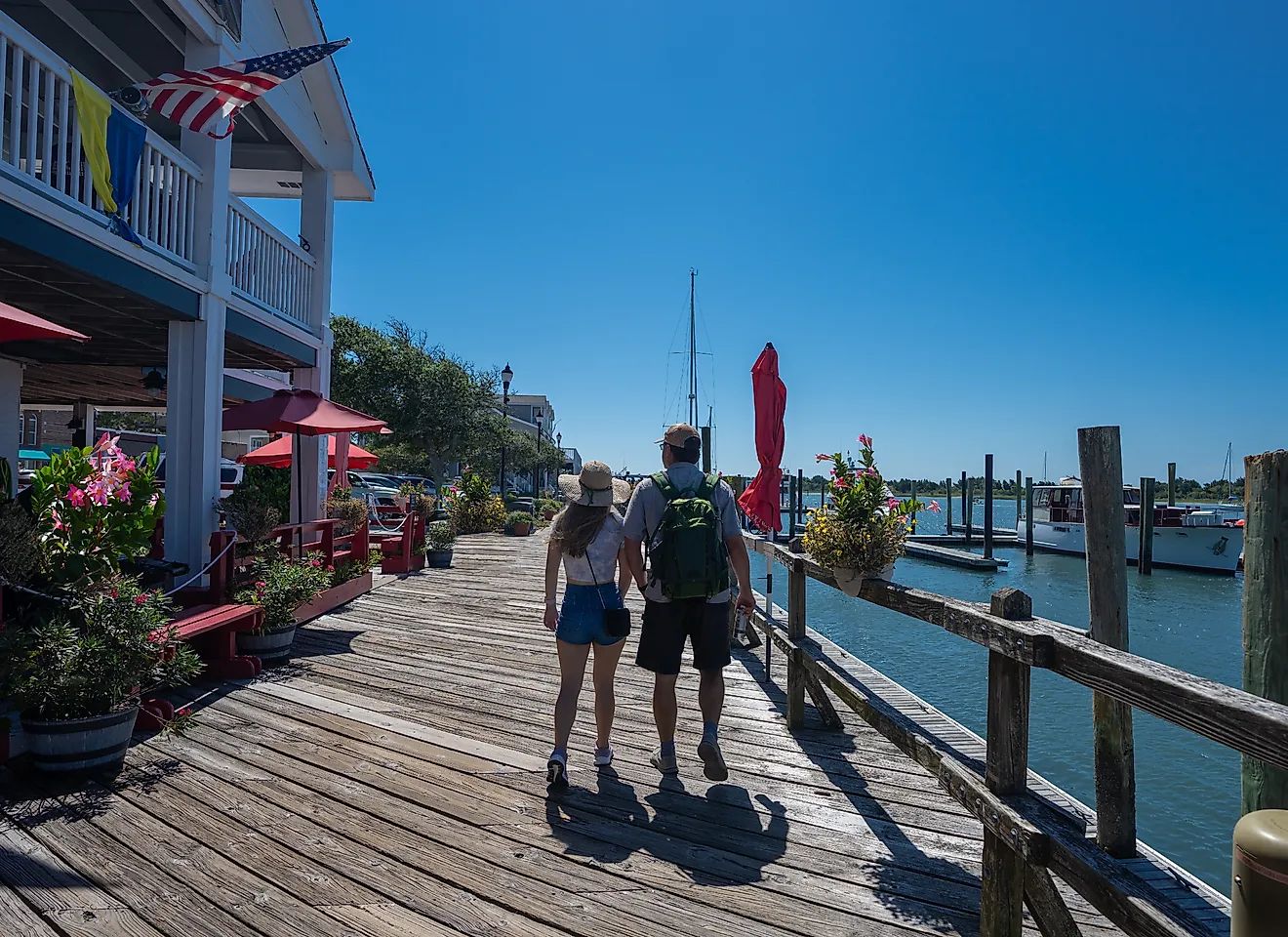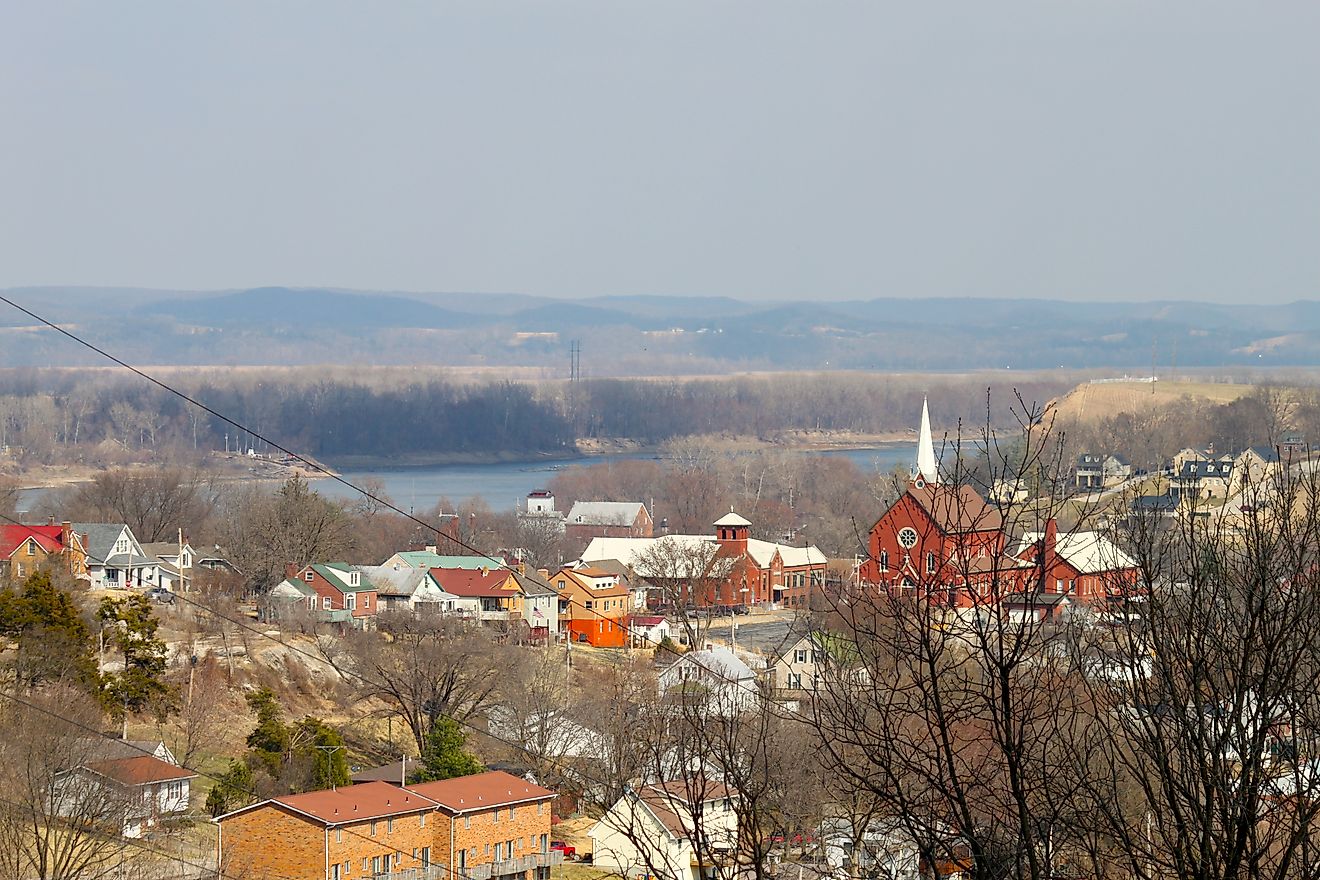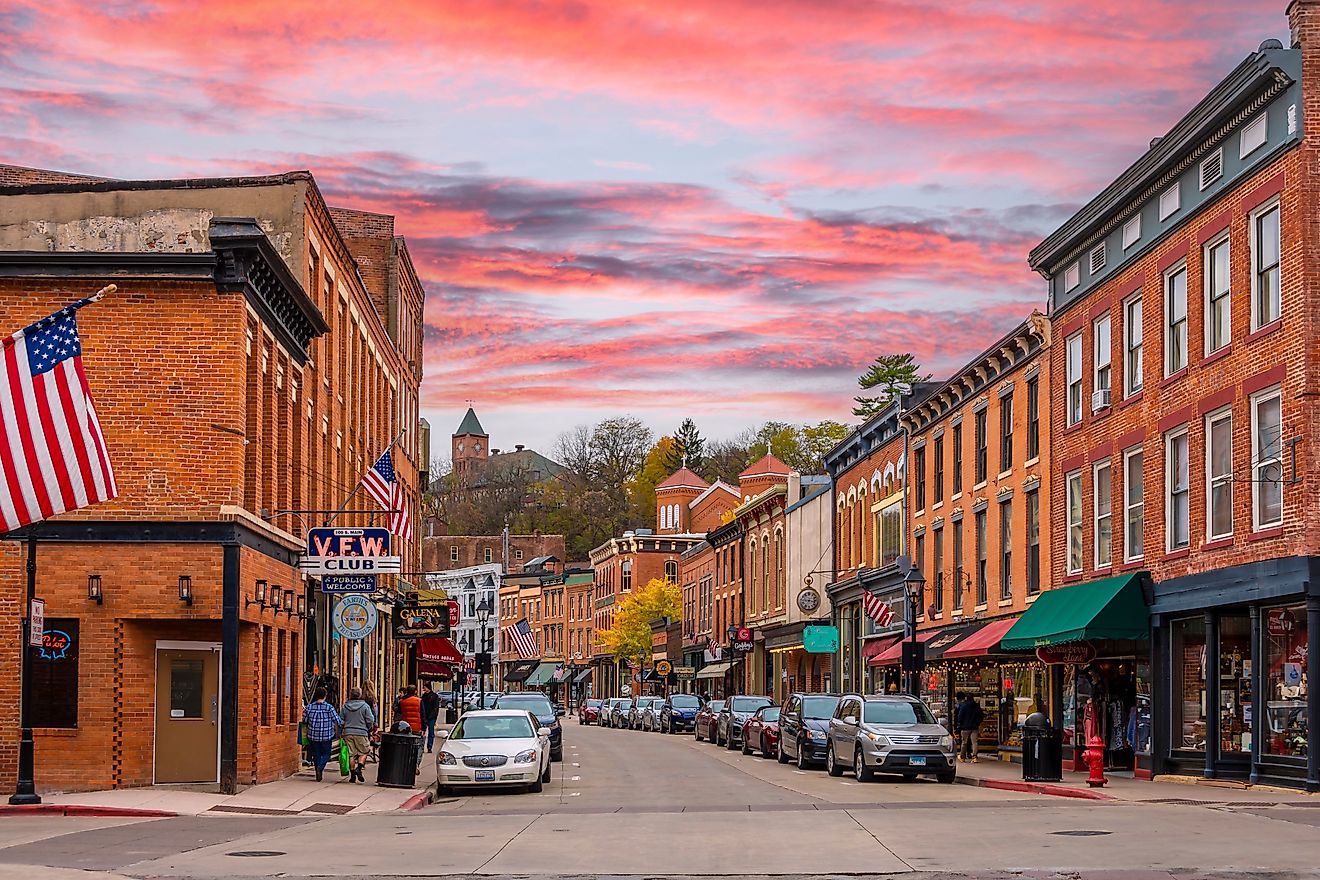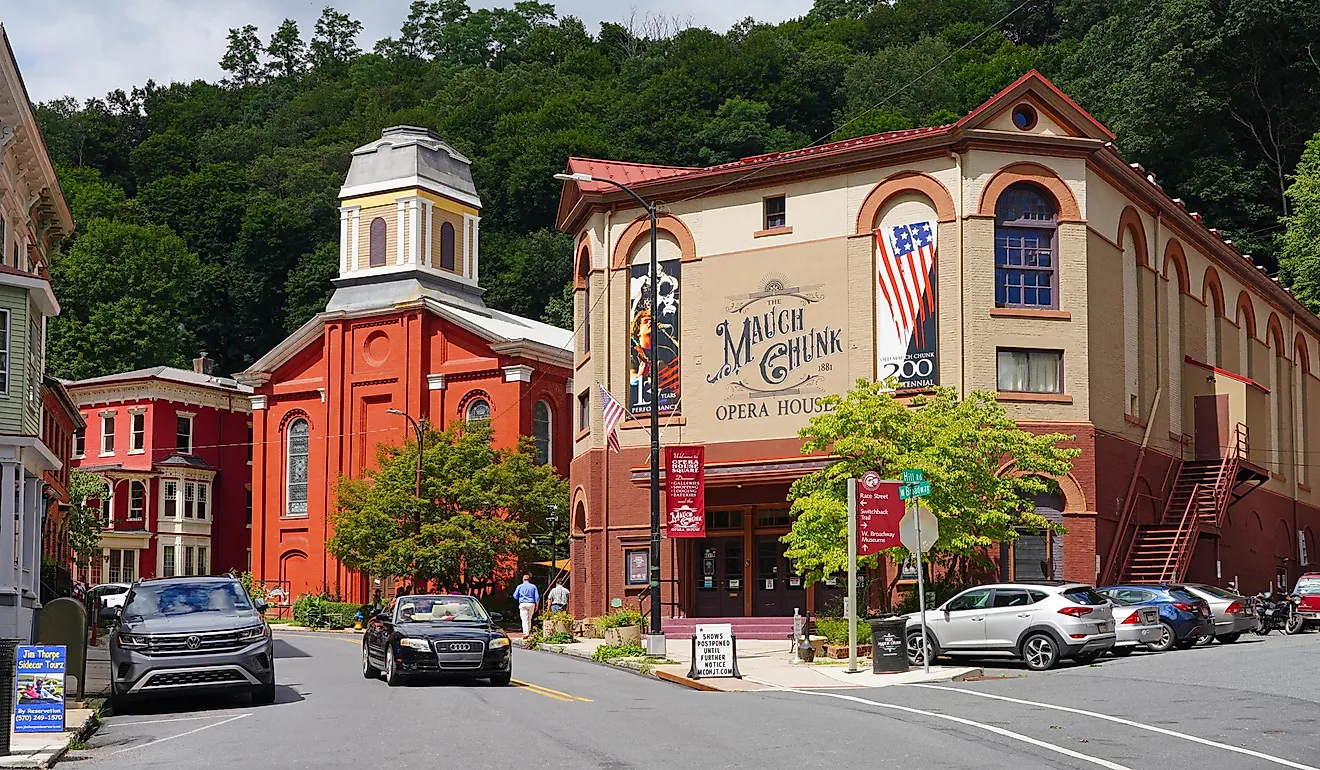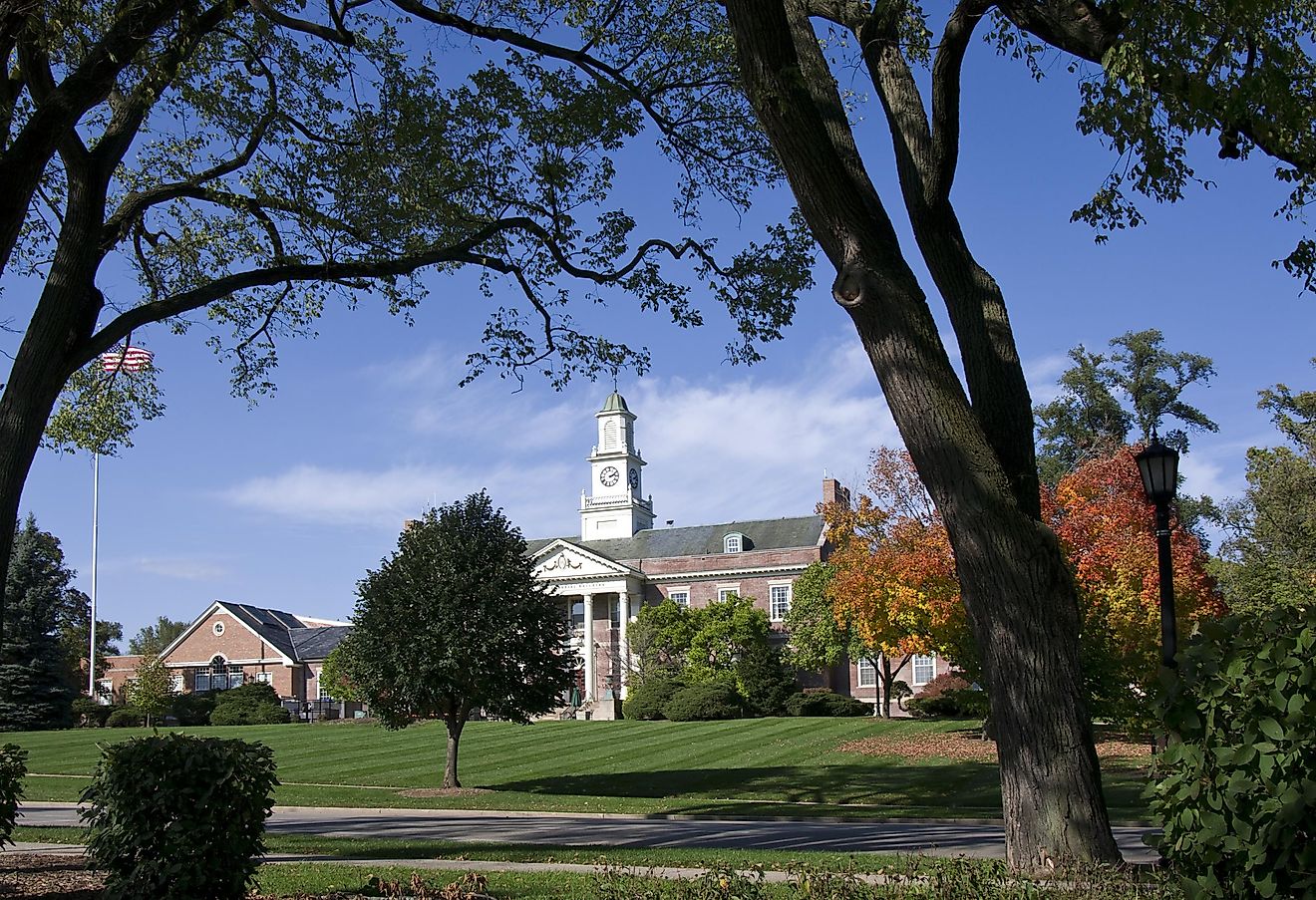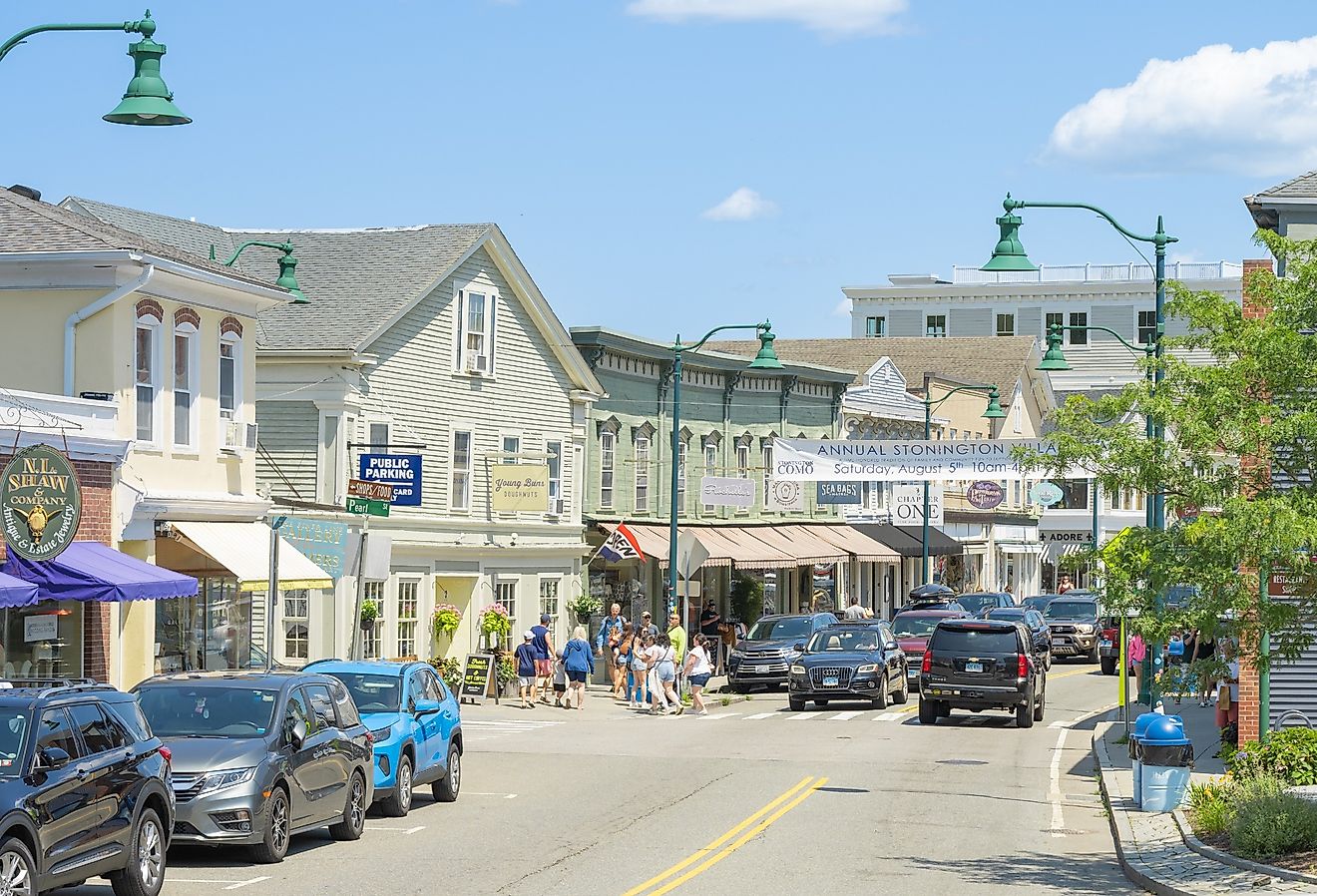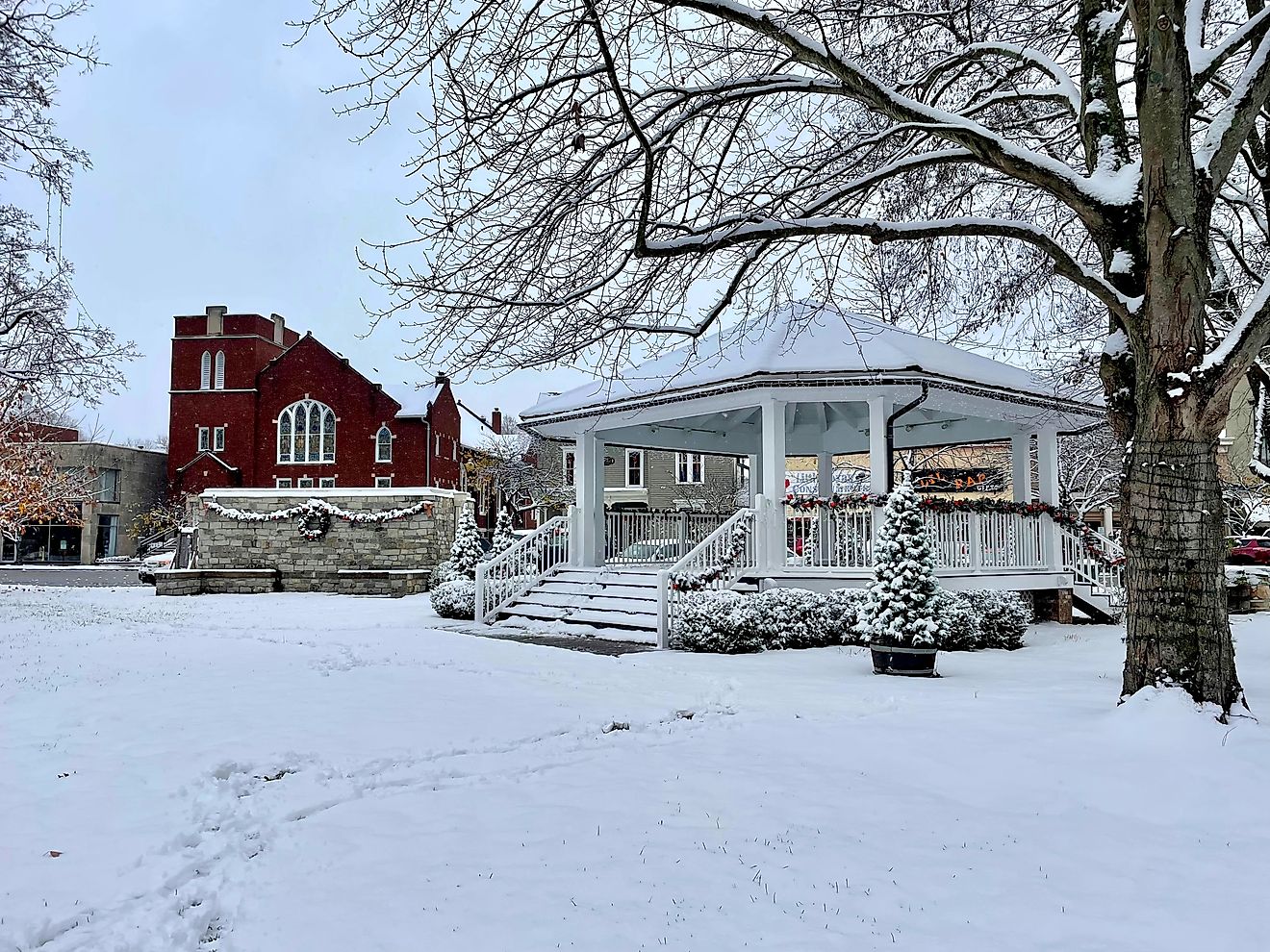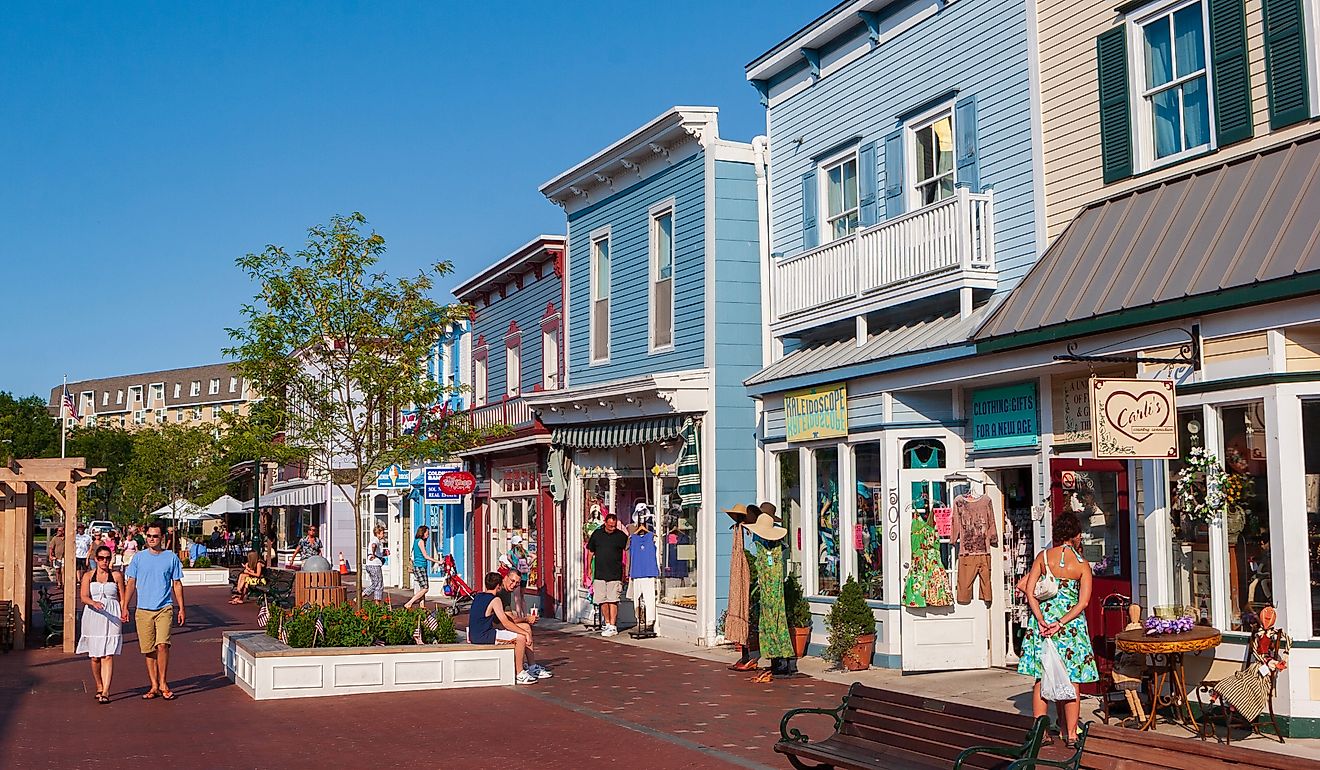
This Michigan Town Is Older Than the State Itself
The town of Sault Ste. Marie was already a major center of society, trade, and culture long before Michigan became a state in 1837. Sault Ste. Marie is the oldest city in Michigan and among the oldest in the United States, having been established in 1668 by Father Jacques Marquette, a French Jesuit missionary. This fascinating story of the town's rise to popularity provides context for the European discovery of the land, Indigenous traditions and history, and the rise of American dominance, and is a tribute to the town's legacy.
Indigenous Roots, European Arrival, and Jesuit Mission
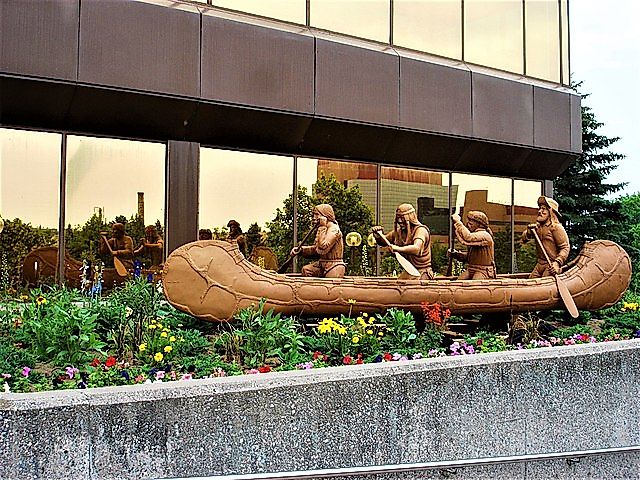
Native American tribes, especially the Ojibwe, flourished in the present-day Sault Ste. Marie. The area was occupied long before the Great Lakes State was settled by Europeans. Indigenous people here refer to the town's land as "Baawitigong," which reportedly means "place of the rapids." Not to mention, due to its abundant fish population and convenient proximity to Lake Superior and Lake Huron, the St. Marys River was a natural meeting place for Indigenous peoples.
Father Jacques Marquette founded a Jesuit mission here in 1668 and called it Sault Ste. Marie, after the Virgin Mary. This was the first permanent European settlement in what would become Michigan and signaled the start of European settlement in the area. As a center for religious outreach, the mission served as a base for further investigation into the interior of North America.
Fur Trade and Cultural Exchange
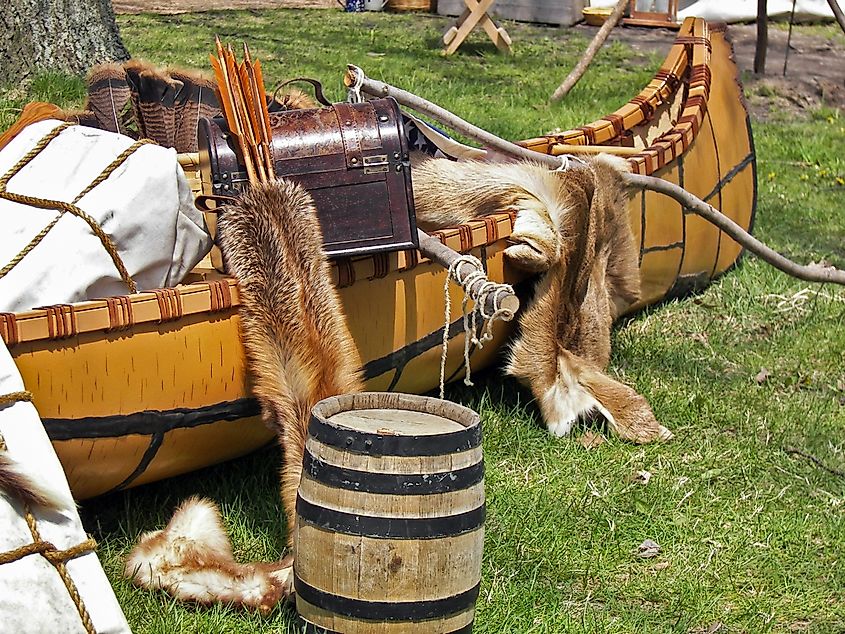
Sault Ste. Marie developed into a major fur trade hub that drew French and then British traders during the 17th and 18th centuries. The town's location at the confluence of significant streams made it a prime location for trade. Notably, after moving to the region, Scottish-Irish fur trader John Johnston married Ozhaguscodaywayquay, the daughter of an Ojibwe chief, in 1790. Due to their connection, which symbolized the blending of European and Indigenous cultures, the Johnston family gained notoriety in the local social and economic spheres.
Unfortunately, the fur trade period also resulted in more negative relationships between European immigrants and Native American tribes, in addition to financial benefits. It did not matter if some relationships were formed through marriage and mutual gain; tensions undoubtedly arose from the growing and increasingly dominant European influence. Sault Ste. Marie passed from British to American control after the American Revolutionary War and the War of 1812. The Treaty of Ghent in 1814 and subsequent agreements solidified the U.S.-Canada border, dividing the original settlement into two separate communities: Sault Ste. Marie, Michigan, and Sault Ste. Marie, Ontario.
In 1820, the United States signed the Treaty of the Sault, granting it control over the area. Fort Brady was built in 1823 to provide a military presence and protect the American hold in the region. The fort's establishment marked a significant step in the town's integration into the United States and its development as a strategic military and commercial location.
The Soo Locks and Economic Transformation
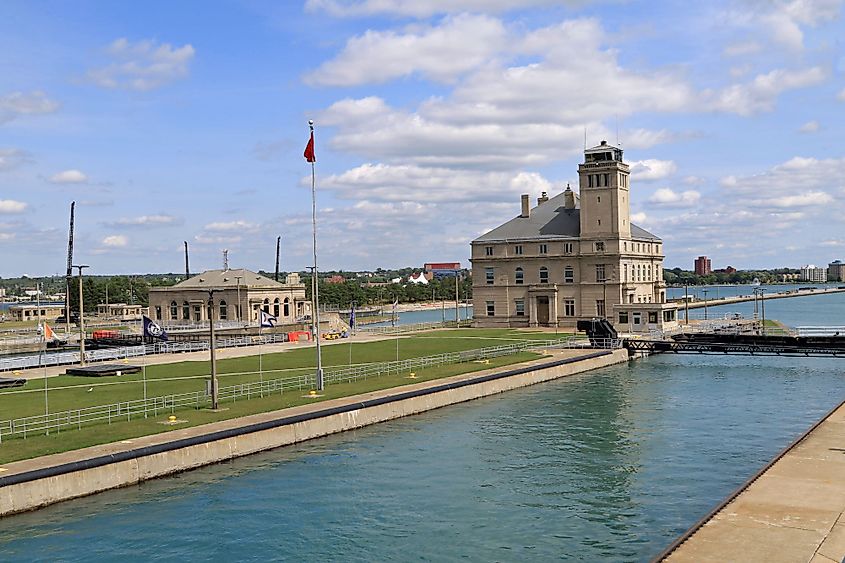
One of the most transformative developments in Sault Ste. Marie's history was the construction of the Soo Locks in 1855. Before the locks, ships had to portage their cargo around the rapids, which required considerable effort and time. The locks made it easier for ships to carry cargo between Lake Superior and the lower Great Lakes by effectively avoiding the rapids.
The U.S. Army Corps of Engineers is responsible for operating the Soo Locks, which are now an essential part of the shipping network in North America. Thousands of ships pass through this lock system every year, making it one of the busiest in the world. The locks strengthened Sault Ste. and strengthened the regional economy. Not only did the locks boost the local economy, they also made Sault Ste. A significant aspect of the continental trade routes was Marie's location.
Sault Ste. Marie has seen continuous development in the 20th and 21st centuries while honoring its iconic legacy. On the grounds of Fort Brady, Lake Superior State University combines community historical preservation with academic endeavors. Two cultural institutions that educate visitors and residents about the area's Indigenous and maritime history are the Tower of History and the Museum Ship Valley Camp.
Conclusion
Although small in population, the city's size demonstrates how diverse a community can be cherished in its history. Allowing the public to view the Soo Locks at yearly events, such as the Engineers' Day celebration, helps create a sense of connection to the city's history. The memories made at these annual gatherings are not just instructive; they are also profoundly symbolic, tying the current generation to centuries of invention and adaptability. The town’s modest size only enhances its sense of community pride, where neighbors work together to sustain a legacy that stretches back over 350 years, in Sault Ste. Marie, the past isn’t gone — it’s a living presence, woven into the rhythm of everyday life.
